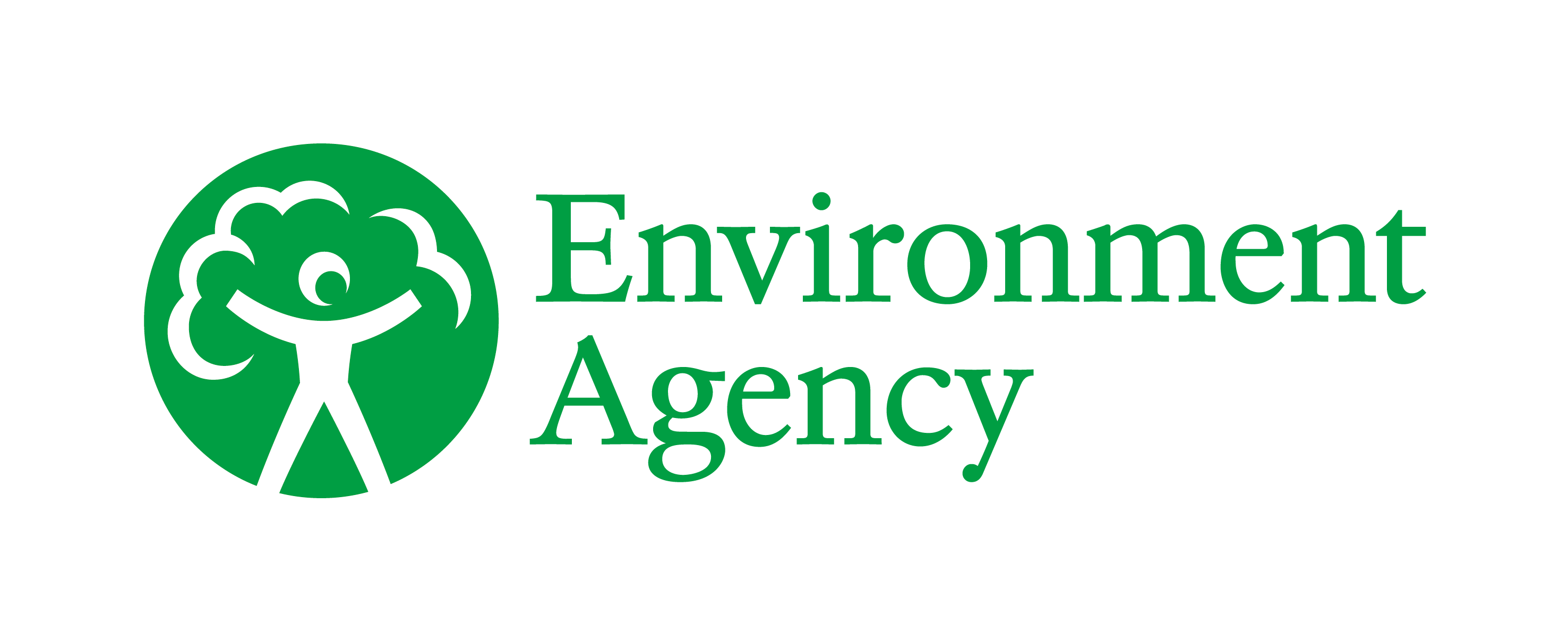Strategic Teign Barriers (STB) is a multi-year WEIF funded project aiming to identify and address in-river barriers across the whole of the Teign catchment.
The project has been created in partnership with the Environment Agency and is funded through the Water Environment Improvement Fund (WEIF). STB has the primary aim of the restoration of salmon stocks through natural population recovery.
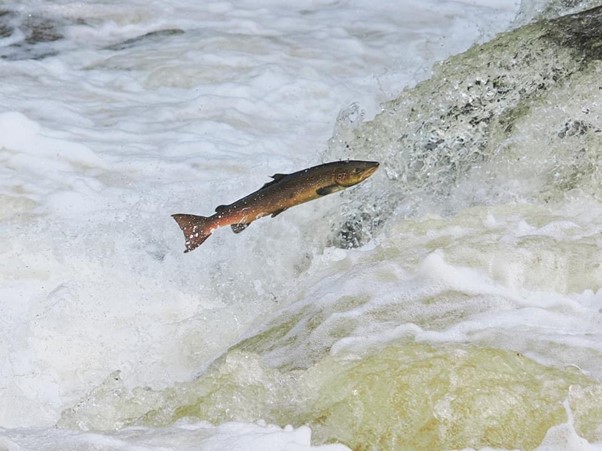
The Environment Agency’s (EA) latest Salmon Stock Assessment for 2022 classifies the River Teign stock as ‘At Risk’. This is the lowest conservation level status, with no projected improvement up to 2026.
The project builds on other successful models such as Strategic Exe Weirs and Water for Growth, by approaching fish migration improvements in a strategic manner that allows fish access to increased habitat in as naturally timed way as possible.
The investment in staged or phased opening up of the catchment will allow greater numbers of salmon and all fish species to reach more/ better quality habitat for essential stages in their life cycle, boosting recruitment.
The project will also consider and address both up and downstream migration as well as intra river migration.
Sea trout and salmon are also a valuable economic asset in this catchment. The revenue of sea trout and salmon rod fisheries on the River Teign is estimated to be £83,800 and £27,600 annually.
Barriers – what’s the problem?
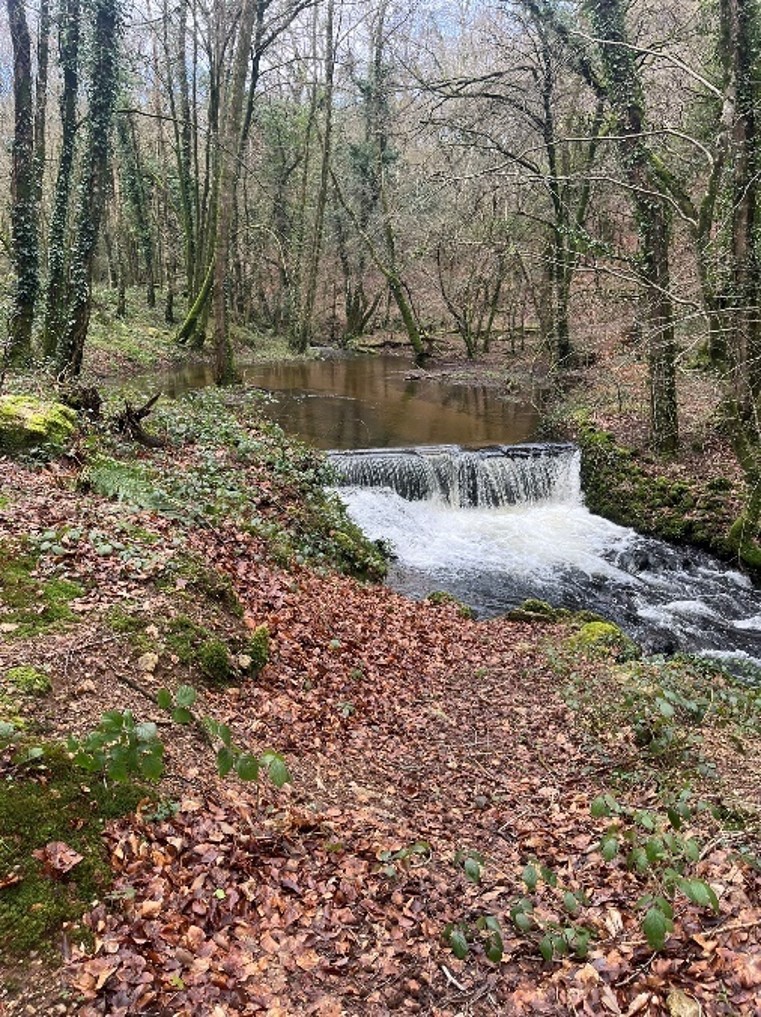
Multiple barriers within a catchment have a cumulative negative impact on fish, with each obstacle encountered leading to increased physical degradation and energy loss, reducing the likelihood of successful reproduction.
By easing or removing barriers, more fish will reach key spawning and feeding grounds, boosting numbers.
All fish species require freedom of movement to evade predation and pollution, disperse to new territories and for spawning and feeding opportunities.
An ideal riverine habitat has complete longitudinal connectivity, enabling not just upstream migration but downstream migration of eel, smolts and the intra-river migration of resident brown trout.
Some species are diadromous – this means they must migrate between freshwater and marine environments to complete their life cycle. Salmon and sea trout are anadromous (spawn in freshwater) and eel are catadromous (spawn in saltwater).
Interactive Barrier Map
This is an interactive map created by Westcountry Rivers Trust focussed on barriers to fish migration within the Teign catchment. It has been funded by the Environment Agency Water Environment Improvement Fund. Once the map is open you can explore the following data sets for the Teign catchment: fish passage barriers, WRT Electric Fishing classifications, WFD Fish Classification and Habitats information. To open the map please click on the link below.
- Desk-based study to compile a database of barriers within the Teign catchment
- Visit to ground-truth all sites, adding new ones where found
- Stakeholder engagement and conduct initial prioritisation of barriers
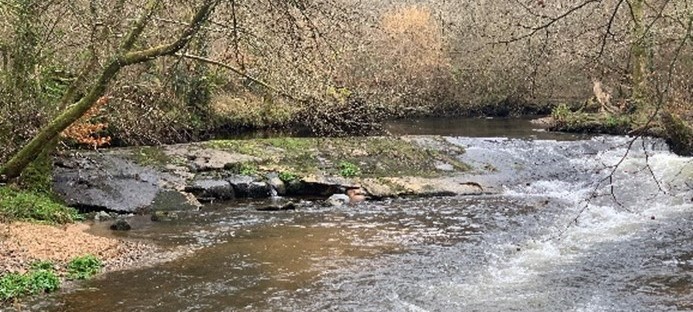
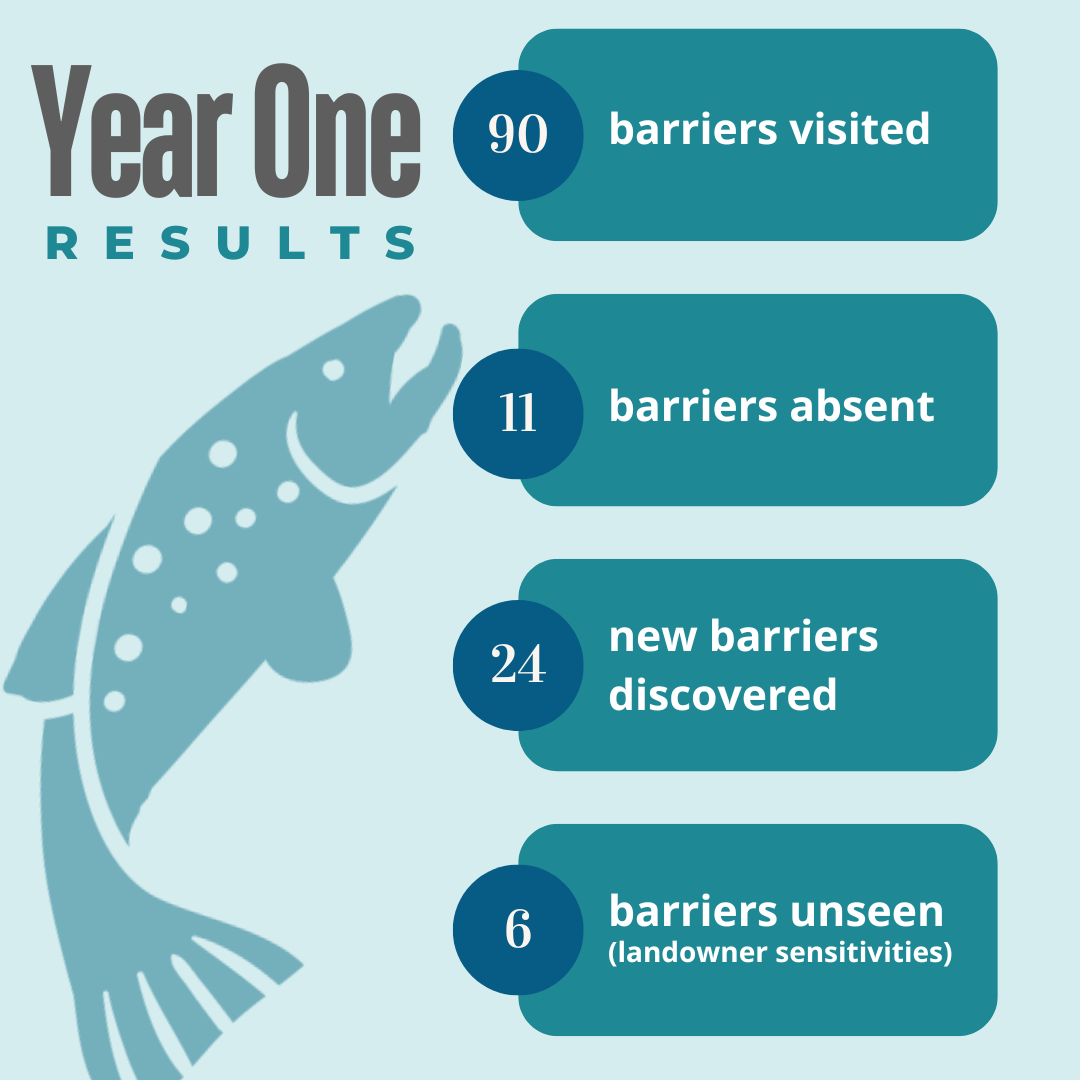
Key factors that will be considered:
- Position within the catchment e.g., how many Km of suitable upstream (US) habitat, Strahler order of WB
- Severity of barrier for (adult/juvenile, US/ downstream (DS)) fish movement (hydraulic head, pool depth, material, flow type etc).
- Existing fish passage improvements and their efficacy
- DS risk – risk of entrance to abstraction, damage and/or predation
Each barrier will be scored on these criteria.
SNIFFER surveys on high priority barriers
Steering group formation
Future years funding/match funding
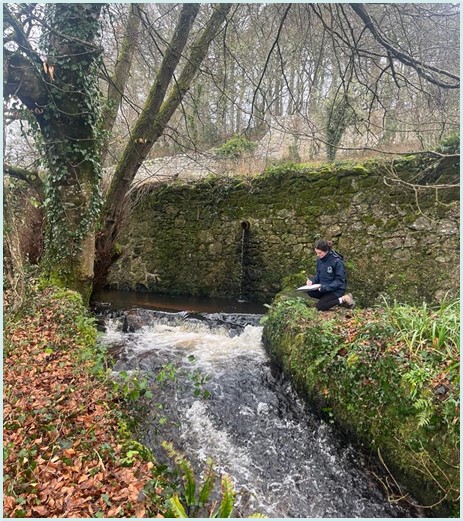
Working in partnership for the River Teign.
